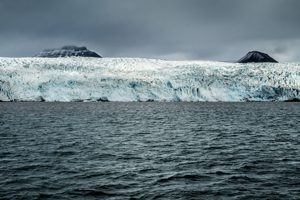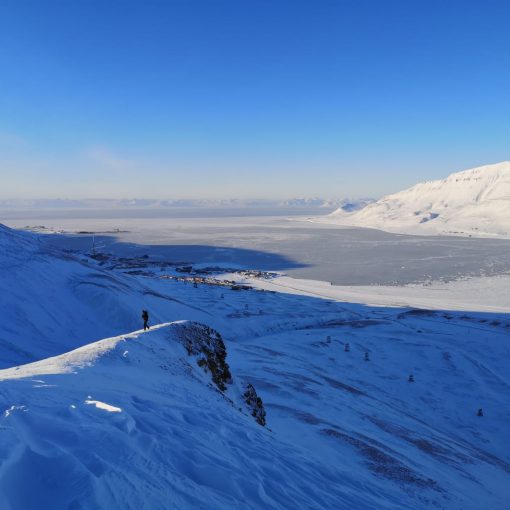
My name is Stina, and I am a biology student finishing the final semester of my bachelor’s degree at UNIS this spring. This semester I’ll be undertaking AB-203 Arctic Environmental Management and AB-208 Internship in Arctic Biology, in addition to writing a bachelor thesis on the possible effects microplastics on wildlife in the Arctic.
My internship host is the environmental department at Longyearbyen Lokalstyre which is a part of the local government. They are responsible for monitoring the pollution from Longyearbyen, including two landfills and waste water from the city. The target is to reduce the anthropogenic impact on the local environment and the surrounding flora and fauna, and provide reports on the conditions for the Norwegian Environmental Agency.

A large part of the internship will be based on waste water management, and test this water for toxins, heavy metals and other chemicals. Today, the waste water is released into Adventfjorden without any treatment – a practice that might seem counter intuitive as Longyearbyen has been awarded a “Sustainable Destination Label” and has since 2016 been on the prestigious list “Global top 100 sustainable destinations”. However, the focus on sustainability has now contributed to the implementation of an automated sample station to gain better knowledge about the possible pollutants in the waste water.
As an intern I will be working on recipient surveys to look at the possible effects on marine life in Adventfjorden, collecting samples and evaluating the results. Other relevant tasks could be making plans for sampling and plans on how to reduce pollution from waste water and landfills.
During the coming months I hope to do as much practical work as possible and be challenged to utilize the knowledge I have already acquired. I would love to do some tests on microplastic levels in the waste water, and investigate whether it is possible to get a test kit for this purpose instead of sending samples to a lab. When the temperature allows for outdoor sampling it would be possible to conduct some field work at locations around Longyearbyen, and my host has already mentioned several areas of importance. All in all I am very positive and hope that this will be a great learning experience by using the principle of “learning by doing”.




